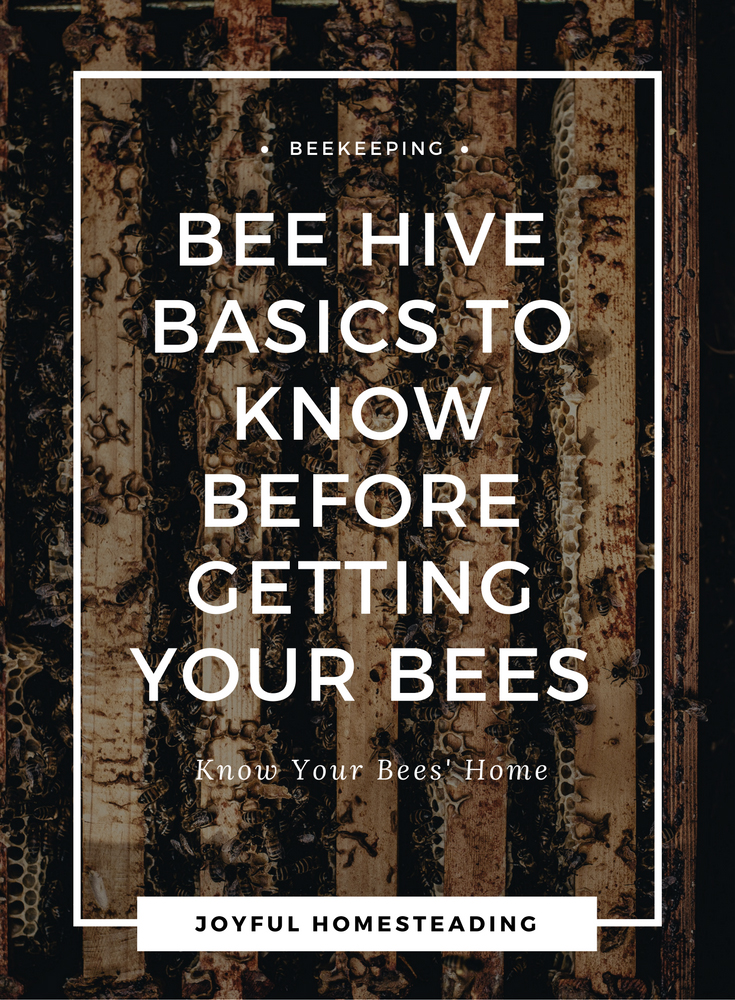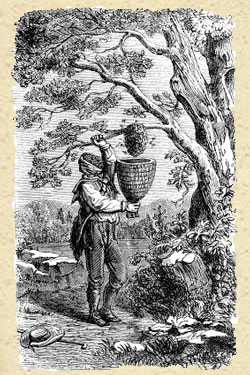Beekeeping Hive and the Right Home for Your Bees
A beekeeping hive is one of the absolute essentials you will need with beekeeping, and today's hive is a bit different from the ancient beekeeping one.
Bees are particular about the home they are willing to live in, so providing the right haven for your bees is essential if you want happy, productive bees willing to stay put. Here's what you need to know.

Method From Ancient Times
If you watched Russell Crowe's version of Robin Hood a few years ago, you might have noticed that Friar Tuck kept bees in baskets shaped like large bells.
These ancient beekeeping hives were called skeps and were the most popular housing for bees for centuries.
Visually, the skep looks appealing, but this form of ancient beekeeping
is rarely used today because it is so impractical.
With a skep, there is no way to visually inspect your bees on a regular
basis to make certain they are healthy, a must for the professional
beekeeper.

Ancient beekeeping methods included keeping your bees in a skep and collecting new swarms each spring.
Also, with the skep, you are unable to harvest honey without destroying both the bees and their comb, meaning you would have to collect new swarms each spring. These days our bees are simply too valuable to be housed this way.
The Langstroth Beekeeping Hive
All of that changed, thanks to the Rev. Lorenzo L. Langstroth of Pennsylvania, who in 1851 invented a new hive that is far simpler and more practical, and which is still a popular beekeeping hive today.
The basic parts of this hive include a hive stand, a bottom board, a lower deep, an upper deep, the honey super, the inner cover and outer cover.
Hive Stand
The hive stand is crucial because it keeps the hive off the ground, keeping things from getting damp and allowing the circulation of air into the hive. Also since the hive stand lifts the hive off the ground by a few inches, it makes it easier for your bees to get around any grass growing nearby and into the hive.
Bottom Board
Mites are a problematic parasite that attack your bees and impair their health. A screened bottom board will help keep the mites out and make for happier bees. The bottom board also has what is known as an entrance reducer, limiting the number of bees that can get into the hive. This makes it easier for your bees to defend the hive. Also it keeps the hive warmer in the winter months.
Deep-Hive Bodies
Known as the upper deep and lower deep, these bodies are a crucial part of your beekeeping hive. The lower deep is where your queen will lay brood - the next generation of bees. The upper deep is where bees will store honey and pollen for their food.
Honey Super
This is where your honey is stored - the surplus honey bees make that you can collect and enjoy.
They are identical to the upper and lower deeps, but shallower in depth.










New! Comments
Have your say about what you just read! Leave me a comment in the box below.